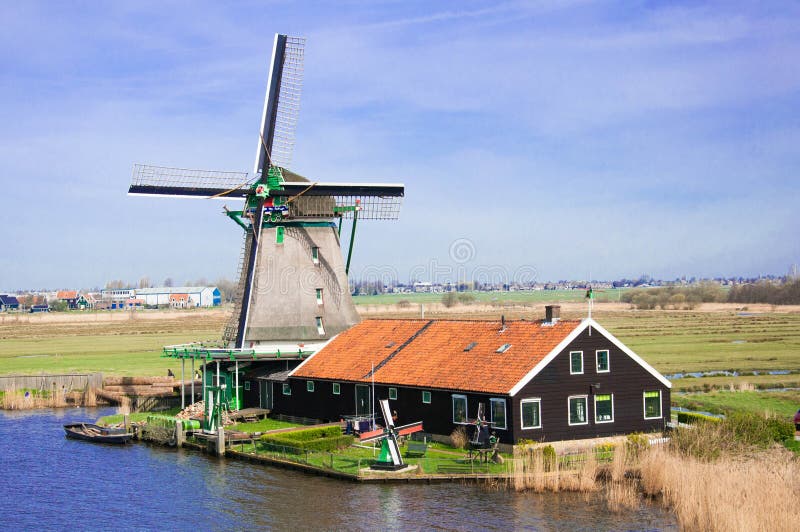
Even the International Energy Agency doesn't mention direct conversion of wind into heat when it presents all possible options for renewable heat production. The problem is that almost nobody knows this. However, an old-fashioned windmill can not only provide mechanical energy, but also thermal energy. This old-fashioned approach remains relevant, also in combination with new technology, because it would be more energy efficient compared to first converting the energy to electricity, and then back to rotational energy. It transferred the rotational energy from its wind rotor directly to the axis of a machine, for example for sawing wood or grinding grain. The direct alternative for wind power that everybody knows is the old-fashioned windmill, which is at least 2.000 years old. Solar thermal energy can be used for water heating, space heating or industrial processes, and this is 2-3 times as energy efficient compared to following the indirect path involving electricity conversion.Īlmost nobody knows that a windmill can produce heat directly The direct alternative for solar photovoltaic power is solar thermal power, a technology that appeared in the nineteenth century following cheaper production technologies for glass and mirrors. Image: prototypes of heat generating windmills, built by Esra L. Direct heat production is cheaper, can be more energy efficient, and is more sustainable than indirect heat production. However, solar and wind energy can also be used in a direct way, without converting them to electricity first – and of course the same applies to biomass.


In particular, the electric heat pump is promoted by many governments and organisations as a sustainable solution for renewable heat generation. The result is heat generated by wind energy. For example, a wind turbine converts its rotational energy into electricity by the use of its electrical generator, and this electricity can then be converted into heat using an electric heater, an electric boiler, or an electric heat pump. 5 6 Direct versus Indirect Heat ProductionĮlectricity produced by renewable energy sources can be – and is being – converted to heat in an indirect way. While renewable energy sources account for more than 20% of global electricity demand (mostly hydroelectric), they only account for 10% of global heat demand (mostly biomass). The use of direct solar heat and geothermal heat provide less than 1% and 0.2% of global heat demand, respectively 4 5. The main exception is the traditional use of biomass for cooking and heating – but in the “developed” world even biomass is often used to produce electricity instead of heat. In spite of this, renewable energy sources play a negligible role in heat production. 2 If we only look at households, thermal energy for space and water heating in temperate and cold climates can be 60-80% of total domestic energy demand. For example in the UK, heat counts for almost half of total energy use. 1 In temperate or cold climates, the share of thermal energy is even higher. On a global scale, thermal energy demand corresponds to one third of the primary energy supply, while electricity demand is only one-fifth.


A mechanical windmill can also be coupled to a mechanical heat pump, which can be cheaper than using a gas boiler or an electric heat pump driven by a wind turbine. Much less known is that a mechanical windmill can do the same in a windy climate - by oversizing its brake system, a windmill can generate lots of direct heat through friction. A solar thermal collector skips the conversion to electricity and supplies renewable thermal energy in a direct and more efficient way. However, we use more energy in the form of heat, which solar panels and wind turbines can produce only indirectly and relatively inefficiently. Renewable energy production is almost entirely aimed at the generation of electricity. Image: Illustration by Rona Binay for Low-tech Magazine.


 0 kommentar(er)
0 kommentar(er)
